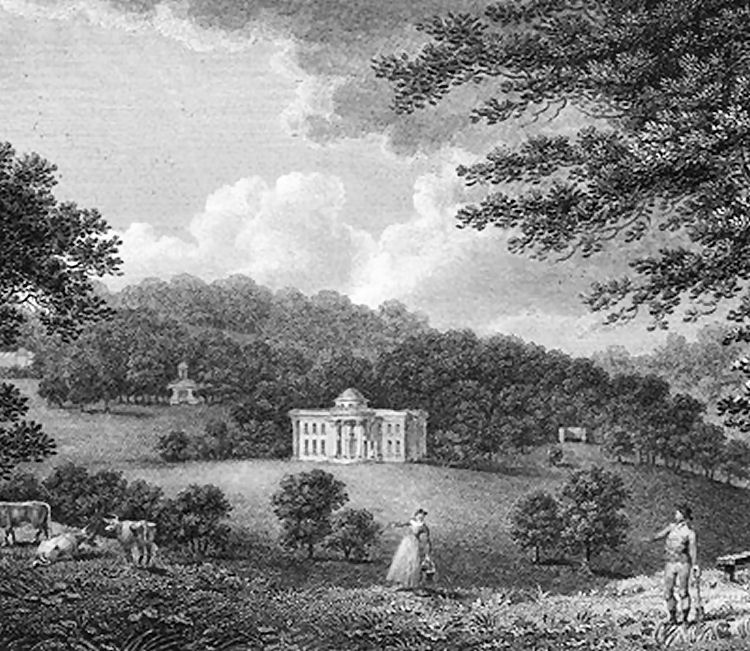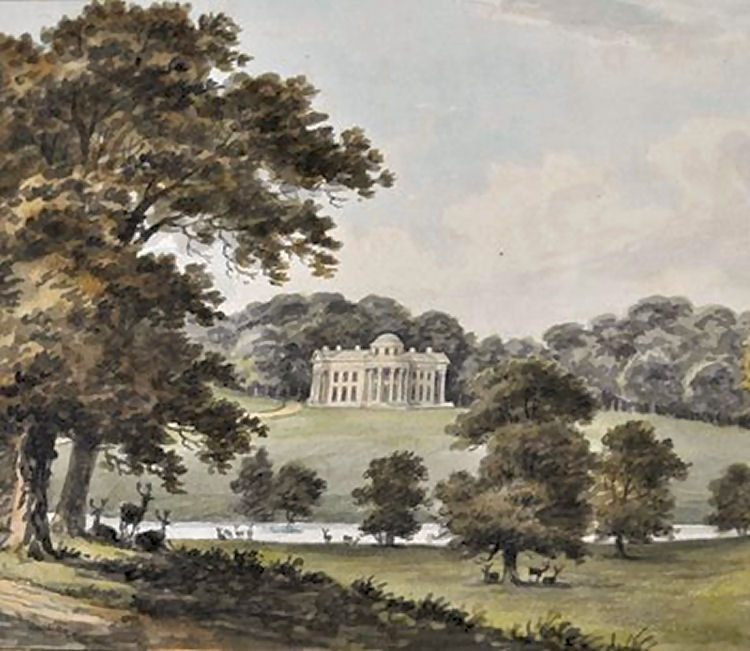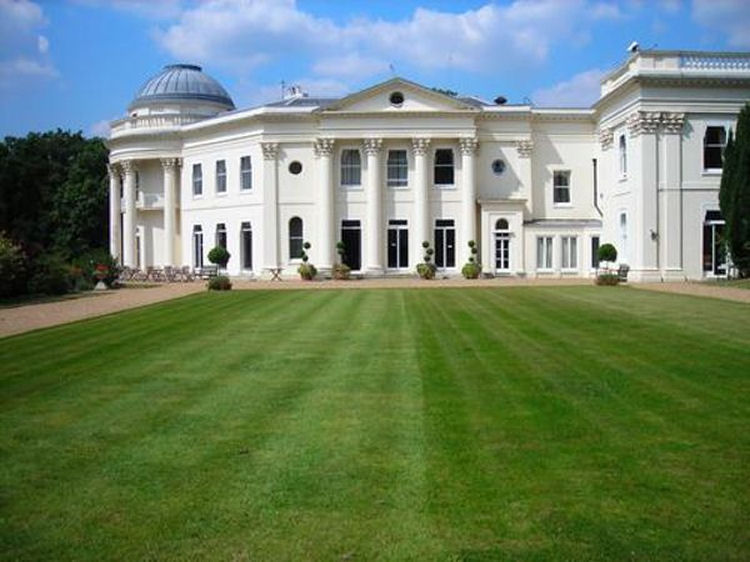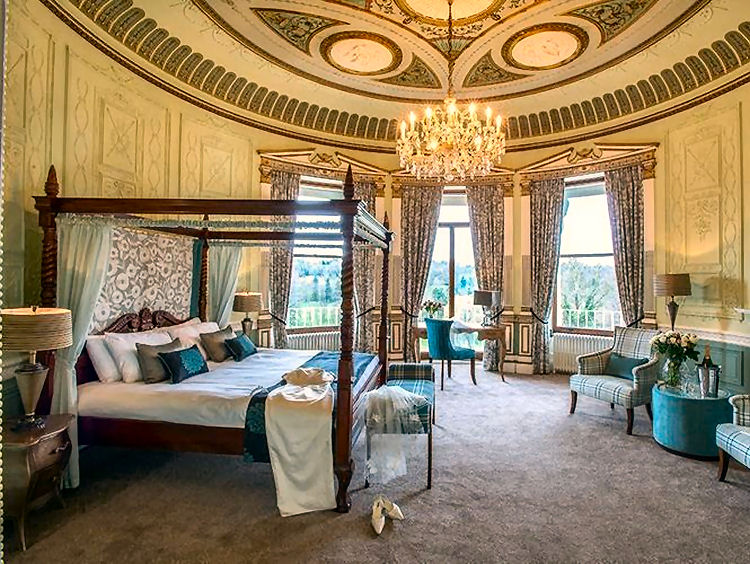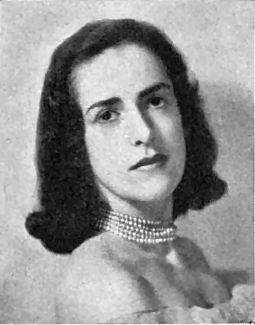|
Information taken from
http://www.cityandcountry.co.uk
Sundridge Park is said to have originated in 1200 and was the first
estate to be farmed by the Bishop of Rochester. There is no evidence of a
manor house from this period but it is likely that one existed somewhere
within the park. The site was predominantly used for farming with large
areas of woodland. The park passed through several hands until it was
purchased by Thomas Washer of Lincoln Inn Fields in 1679 and it is likely
that the first house on the estate was dated from this time. Repton’s Red
Book of the estate confirms this theory and contains an illustration of the
first house, a three-storey brick house of late 17th Century appearance. The
estate stayed in the Washer family for over 100 years before it was sold by
Thomas Washer’s great grandson in 1792.
The new owner of the estate, Mr. Edward George Lind, set about improving
the site and hired the leading landscape architect Humphry Repton. A famous
‘Red Book’ was produced in 1793 which presented Repton’s findings and set
out his recommendations to Mr Lind. Repton was critical of the existing
building in terms of its size, location and style. Overall he considered it
not worth improving and recommended that the building should be demolished
and rebuilt. He also suggested that the landscaping should be converted from
farmland to parkland, making it more fitting to a gentleman’s country seat.
The estate was sold by Lind in 1796 but the new owner Claude Scott, a
wealthy corn merchant, set about completing the work according to Repton’s
Red Book. The old house was eventually demolished and a new one completed.
William Angus records that John Nash became involved in the project on the
recommendation of Repton. The duo had previously collaborated on various
country house schemes between 1796 and 1800. However, their relationship
became fraught over an argument related to the Brighton Pavilion and Nash
abandoned the Sundridge project, leaving the mansion as an empty shell.
Nash was replaced by Samuel Wyatt who completed the roof and undertook
the grand interiors including the King’s Room where the ceiling was
intricately painted and still remains today. Wyatt also created the coach
house block, pleasure ground and open parkland. The collaboration between
Nash and Repton on the Sundridge estate became a prime example of a
picturesque design offering a romantic landscape.
Between 1830 and 1869 the park changed hands multiple times with various
additions made to the park and mansion including the constructions of a
large conservatory, woodland grotto and ballroom. During this period
pheasant rearing was introduced by Sir Samuel Edward Scott. Frequent guests
during this period included the Prince of Wales and later King Edward VII.
In 1901 the last Scott family member tried to sell the estate which
marked a fundamental change of use from private estate to leisure. The
Sundridge Park Golf club officially opened in 1903 and the remaining estate
was leased as a hotel, which became extremely popular in the 1920s and 30s.
The hotel was closed during the Second World War and remained empty until
1955. The mansion reopened its doors in 1956 and was used to host
residential management courses and reopened as a hotel in 2004 until its
closure in 2014.
|
